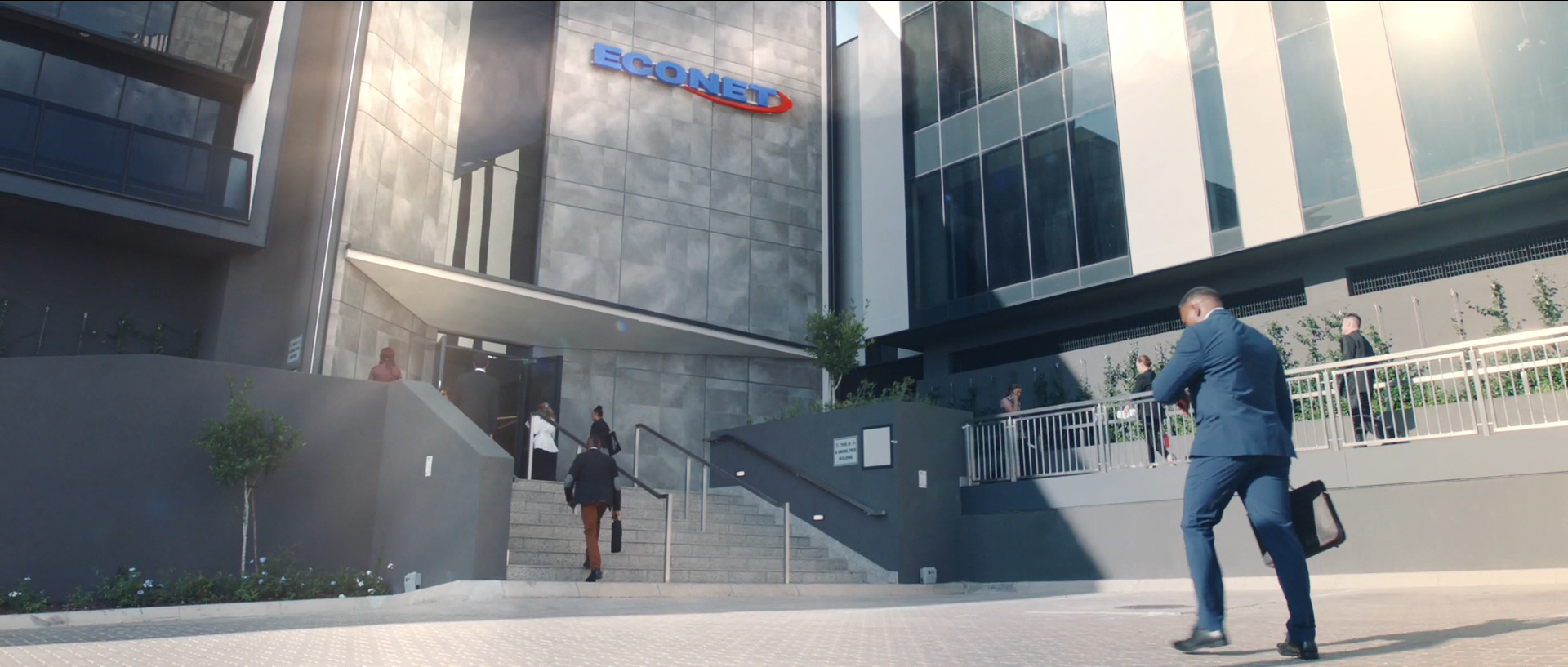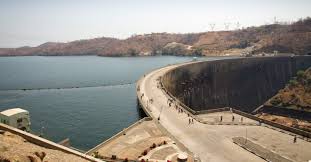Khayah Cement budgets US$25m capex in pathway to recovery
HARARE – Khayah Cement Limited plans to invest US$25 million in capex this year, the majority of which will go towards renovating the Kiln, which is expected to enhance output and sales volumes and will ensure recovery and stability following years of poor performance.
The firm is spending extensively in its operations, particularly in the kiln renovation, which is a game-changing project for Khayah since it will ensure the general security of cement supply in the company’s market. The kiln refurbishment project is planned to be re-commissioned in the second half of 2025.
Khayah CEO Innocent Chikwata told FinX on the sidelines of the media tour that, “we expect that we’ll close the year at just around $25 million.”
The kiln project (pic on the side) will cost US$15-US$20 million, and the company is in the process of evaluating the funding mechanism that suits the best for them. Once the project is completed, it is expected to bring stability to the group and the cement industry in terms of raw material supply. “When we do have the raw materials even in excess, it will give us the opportunity to sell to other producers locally,” he added.
Another part of the capex is being utilised on other ancillaries that the company has embarked on as it seeks to recover from previous challenging years. It has invested “quite a bit of money” into bulk tanker infrastructure “so as to take part in the ongoing structural development in the country.”
Operations have now stabilised due to improved plant efficiencies and higher production volumes. The company has experienced consistent increase in sales volumes and revenue – an average of 18.4% month on month through May 2024 – and is seeking for new customers in the export sector. It has so far exported to Mozambique and Malawi. “We keep exploring the region from a dry motor perspective,” Chikwata added.
Further growth is expected at the end of the year on the back of strong market activity. “There is high expectations of growth in the last half of the year driven by government drive towards infrastructure development as well as housing. Of high interest is the supply of cement to contractors doing road stabilisation as well as Concrete Product Manufacturers (CPMS).
Capacity utilisation is at 60%, but Khayah is targeting utilisation capacity of 70% this year, which will come in the fourth quarter, following the company’s investment into its plant. “And this is the first full year that it’s running, and we are ramping it up; we are actually aiming for about 70% utilisation of that capacity.”
In 2023, Khayah commissioned a US$20 investment in a new Vertical Mill Plant (VCM), which was constructed in 2022 and has doubled cement production capacity, as well as the ability to create high strength cement (Supacet, 42.5R).
In 2020, the company also commissioned the Khayah Dry Mortars plant, which is the largest locally, and this plant provides flexibility for innovations as it has capacity to tailor-make different types of dry mortar mixes, such as watershield, the only water proofing cement locally manufactured.
The company understands that 3D printing has been mentioned previously, but there are more important issues that must be handled first, and the first priority is to get raw materials under control before moving forward with new initiatives such as 3D printing.
The company was established in 1956 as Salisbury Portland Cement and listed on the Zimbabwe Stock Exchange in 1980. It was taken over by Blue Circle Industries and in 1982, it changed its name to Circle Cement. It was taken over by Lafarge Cement, 19 years later and rebranded to that name in 2008. It was acquired by a consortium of local businessmen in 2022 and was rebranded in 2023.
Khayah is expected to release its F22 results soon as it seeks to restore its listing on the ZSE.-finx











